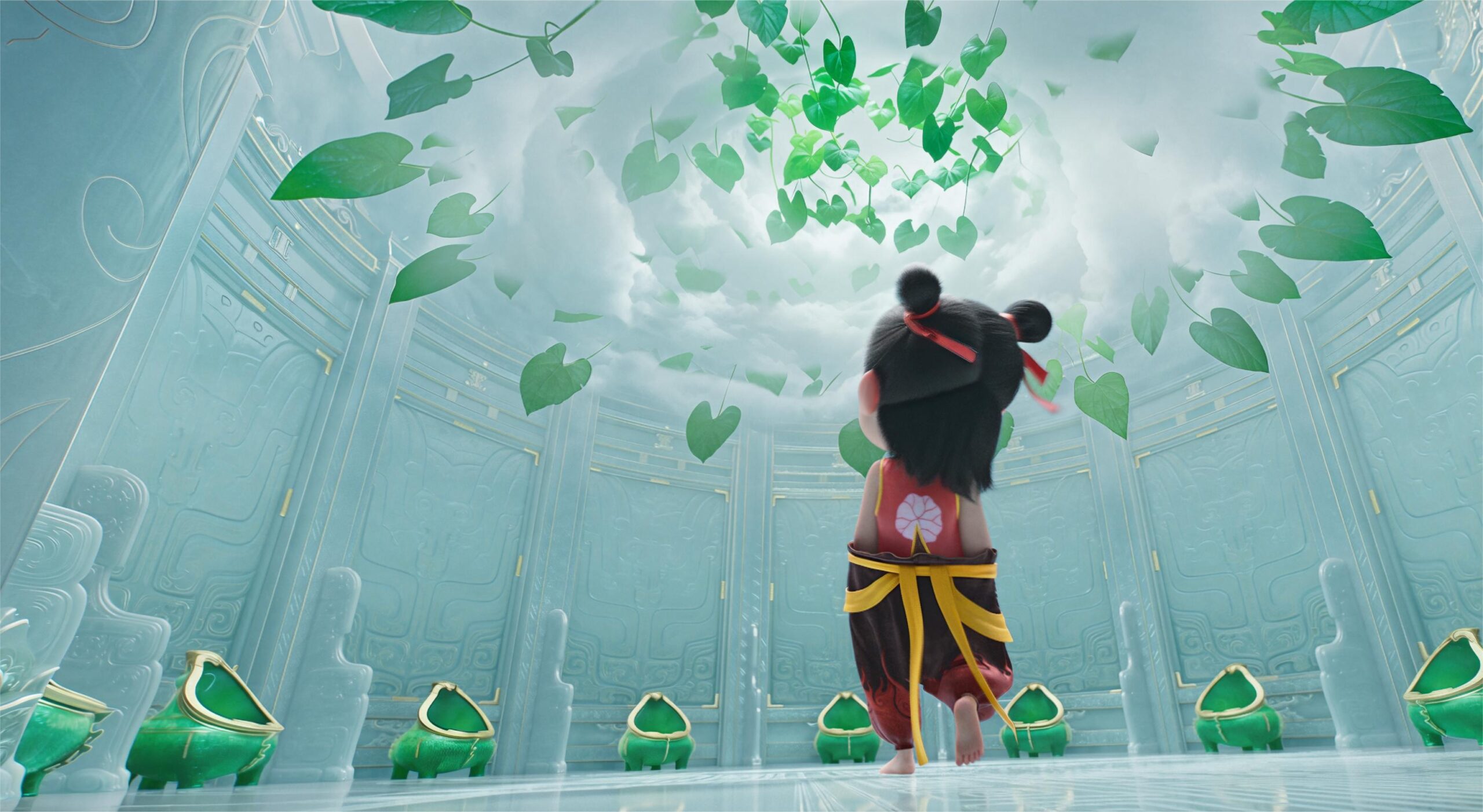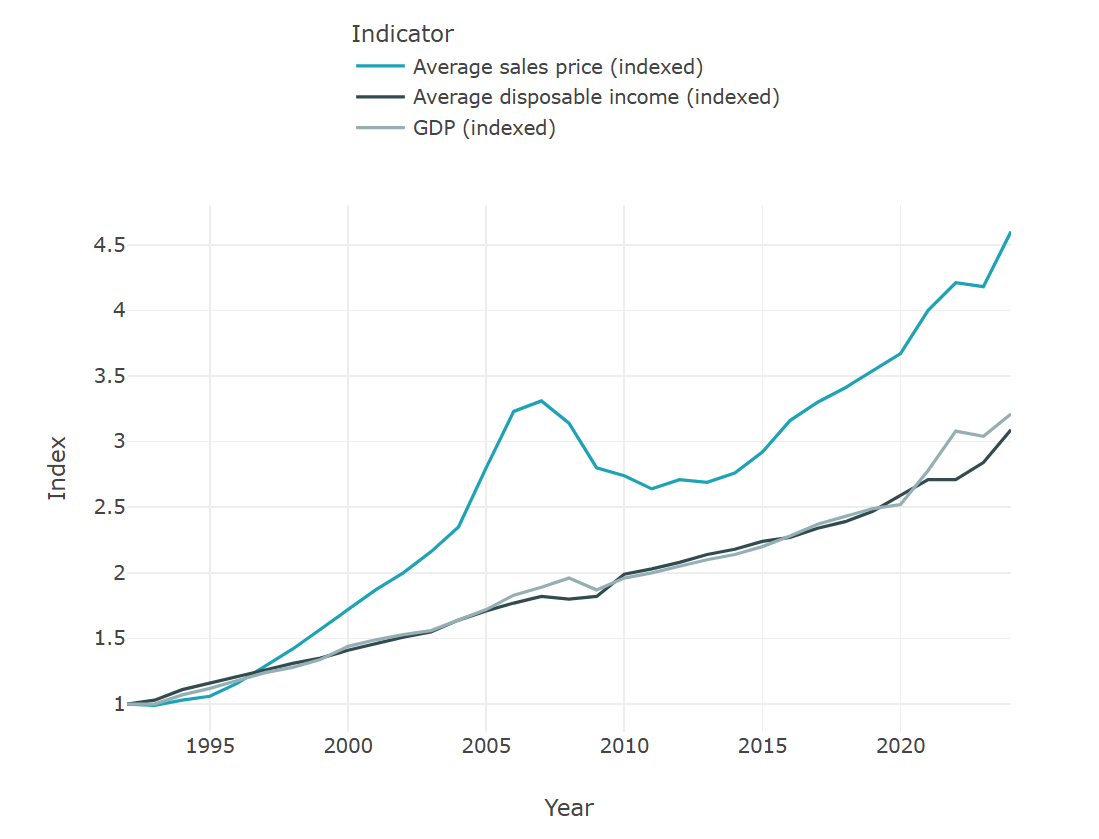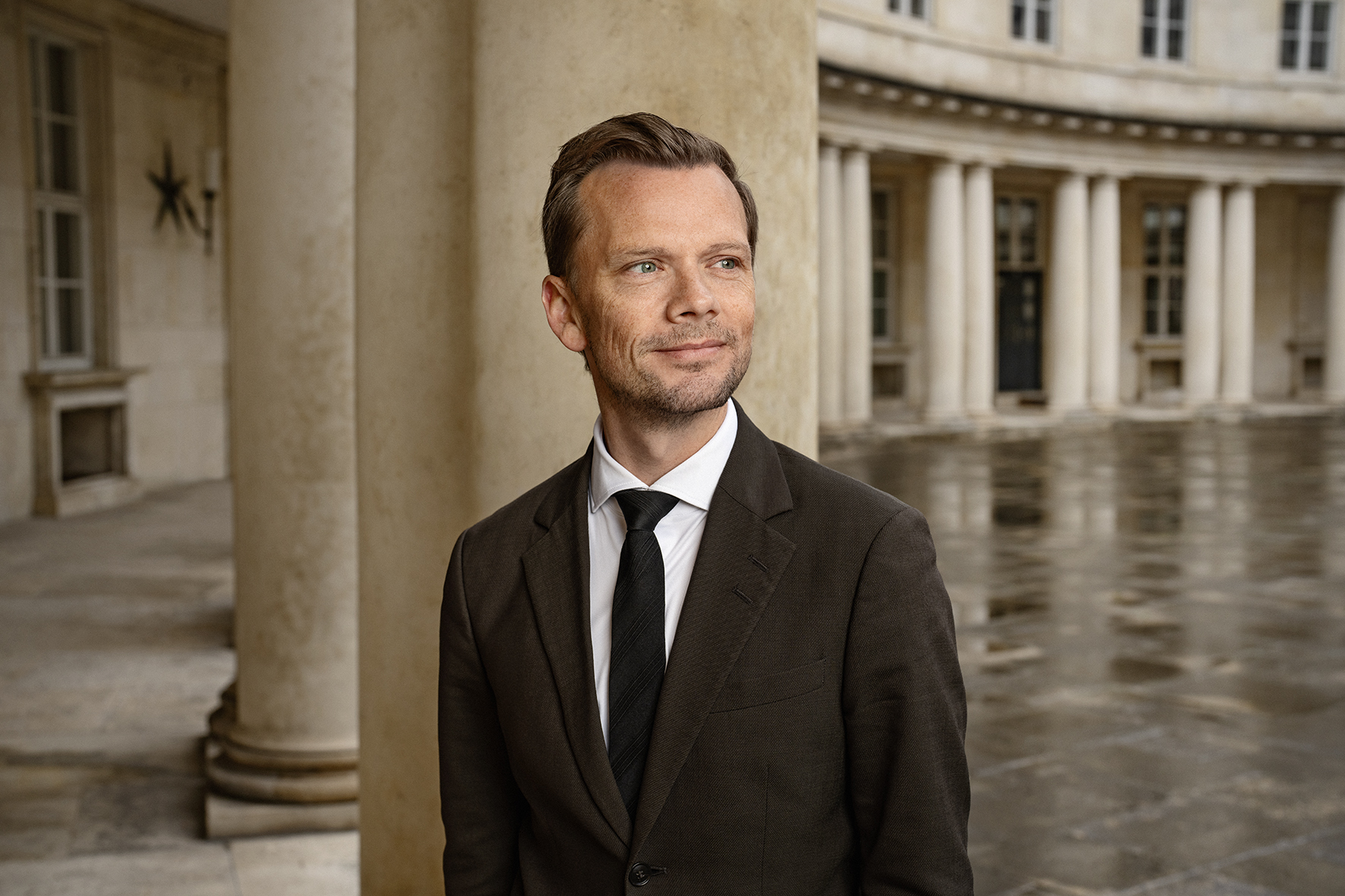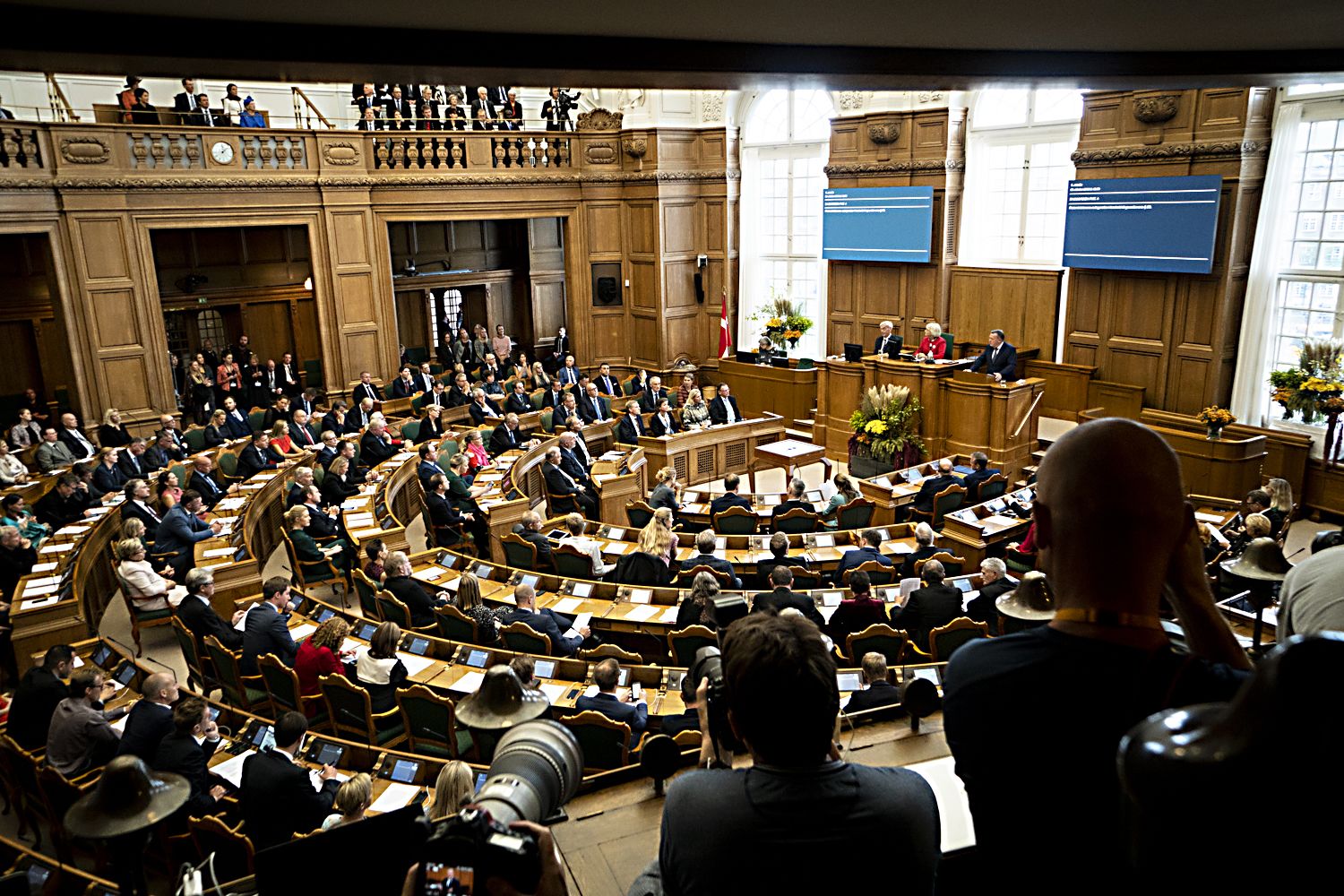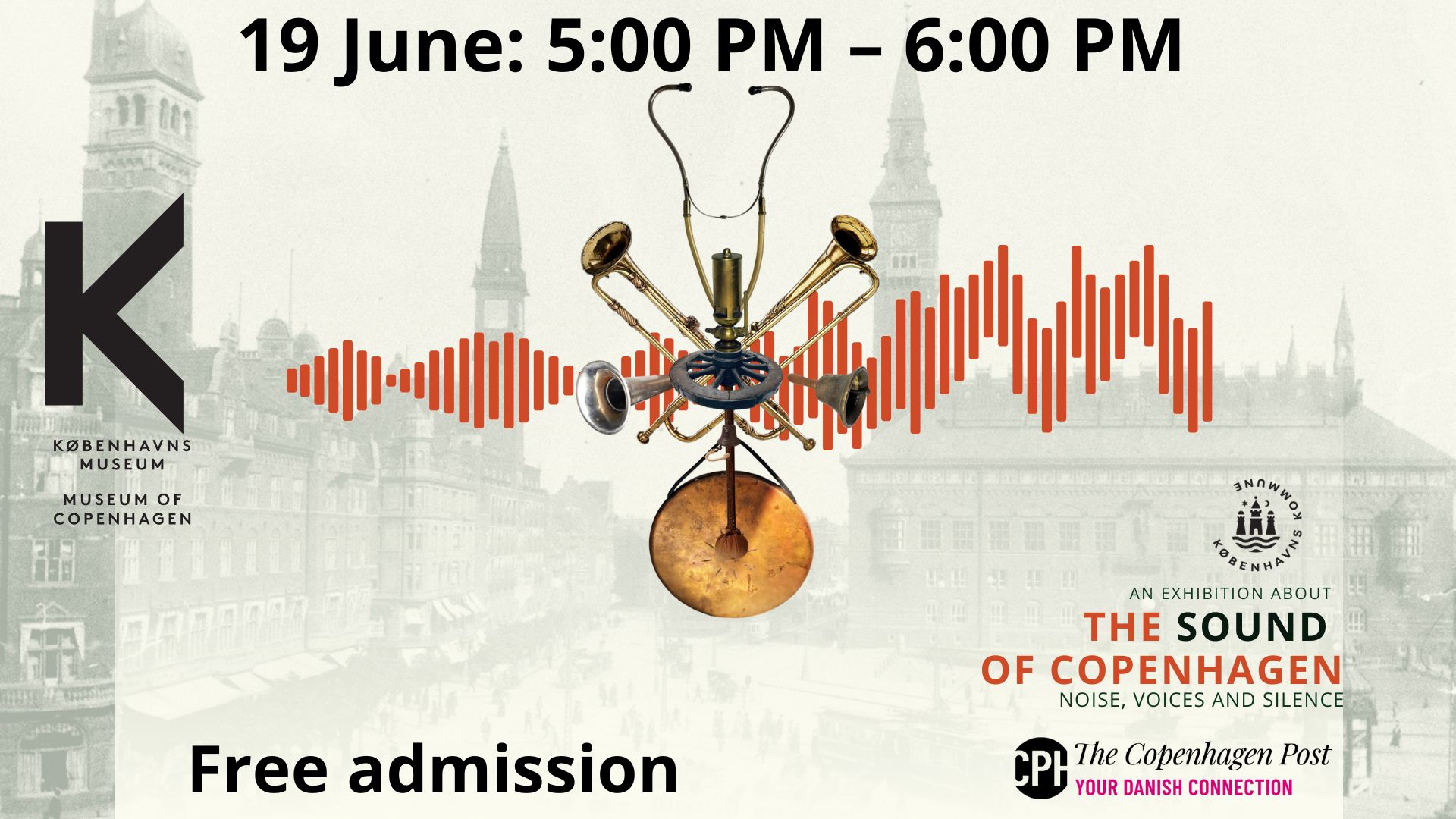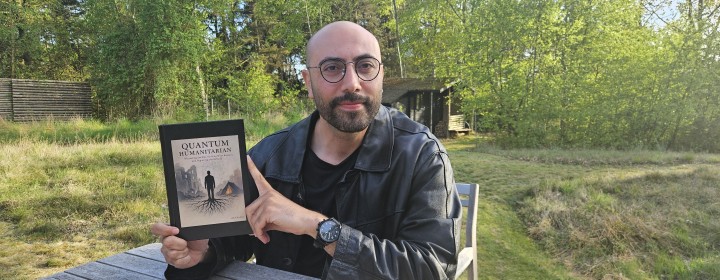Forget about The Avengers, Barbie, Harry Potter and the Deathly Hallows, and most of the Star Wars chapters. And forget, too, about some of the biggest names in animation history, such as The Lion King (2019), Frozen 1 and 2, Beauty and the Beast (2017), or The Incredibles 2. None of them makes it into the top 10 of the highest-grossing films in cinema history. That honor, alongside a select few timeless masterpieces and box office phenomena, belongs to Ne Zha 2, a Chinese animated film that is shattering record after record. It currently holds the 5th spot in the all-time highest-grossing films ranking and claims the top spot for animated movies.
The movie—no spoilers, we promise—follows Ne Zha and Ao Bing, two unlikely heroes who are brought back from near destruction to face a new and powerful threat that puts both their lives and the balance between the heavens and the mortal world at risk. Bound together by fate and sharing a single body, they must go through a series of dangerous challenges to prove themselves and buy time for peace.
As old conflicts rise and loyalties start to weaken, the line between doing what’s right and seeking revenge becomes unclear. Pushed to their limits and hunted by enemies on all sides, Ne Zha and Ao Bing find themselves in the middle of a battle that could change the fate of gods, dragons, and humans alike.
The story continues from where the first movie, Ne Zha (2019), left off. While the first film made a solid $750 million at the box office—definitely a success—it’s nothing compared to the record-breaking performance of the sequel. That is currently helping to establish Chinese animation among the best and most famous to the mass audience of the entire planet.
The scale of this success
As we’ve seen, Ne Zha 2 is rapidly climbing the rankings. This is easy to understand: only Avatar 1 and 2, Avengers: Endgame, and Titanic have earned more in terms of revenue. However, these numbers are still within reach. Ne Zha 2 only needs a hundred million dollars more to take the 4th spot and an additional $150 million to claim 3rd place, making it a serious contender for the top position.
But that’s just one of the records Ne Zha 2 has broken. The second—maybe the first in terms of importance—is its achievement in animation, as the movie is now the highest-grossing animated film of all time. In second place are films like Inside Out 2 ($1.7 billion), The Lion King (2019 remake, $1.6 billion), Frozen 2 ($1.4 billion), Frozen ($1.3 billion), Beauty and the Beast (2017 remake, $1.26 billion), and Incredibles 2 ($1.2 billion).
Some may argue that this ranking doesn’t account for inflation adjustments, and that’s true. Many iconic films were made in earlier times when money had a different value. But even when we adjust for inflation, Ne Zha 2 still stands tall. The adjusted Top 10 would start with Gone with the Wind, followed by Avatar, Titanic, Star Wars, Avengers: Endgame, The Sound of Music, E.T., The Ten Commandments, Doctor Zhivago, and The Force Awakens. The latter, part of the third-largest film franchise in history (after the MCU and Spider-Man), earned around $2.5 billion. Ne Zha 2, as mentioned, earned $2.1 billion before its distribution into crucial markets like most of Europe and India, which is happening in these very weeks. This means that, alongside the first position in history for animated movies, secured with or without inflation, Ne Zha 2 may crush more records and climb even more rankings.
Two other records that have already been broken are: the first non-Hollywood film to enter the global all-time top 10 box office chart, and the first film to ever gross $1 billion in a single market (in this case, China).
What’s even more surprising is the budget-to-revenue ratio. The film had a budget of around $80 million—four times the budget of the first movie—but still much lower than many other animated films that became massive commercial successes.
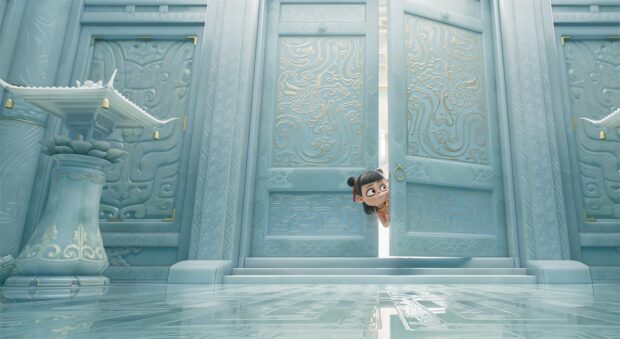
Recipe for success
Ne Zha 2 marks a step forward in animation technology, especially in terms of scale and visual effects. Director Jiao Zi aimed for a more ambitious visual scope compared to the first film, expanding both the volume and complexity of the production. The sequel features nearly 2,400 total shots—up from 1,800 in the original—with around 2,000 of those involving visual effects. One particular battle sequence stands out for its sheer scale: it reportedly includes 200 million individually animated characters, each moving independently. While this level of detail is uncommon in animation, it reflects a push to create more densely layered and technically intricate scenes.
The film’s production approach has not gone unnoticed within the animation industry. Tony Bancroft, co-director and animator of several major Disney titles including Mulan, Beauty and the Beast, Aladdin, and The Lion King, acknowledged the film’s developments in computer animation and its handling of large-scale sequences. “I was blown away when I saw it,” he said, adding, “I haven’t seen anything like that in computer animation at that level of quality, scope, and scale. I was very impressed.” He went on to say, “A movie like this adds a lot of credibility to China,” and noted, “I think there’s a lot of space in the global market—especially in animation—for China to rise up and become a major player. Global audiences want to see more Chinese films.” Bancroft also addressed the director of Ne Zha 2, Jiao Zi: “I want to tell you that what you’ve done is phenomenal.”
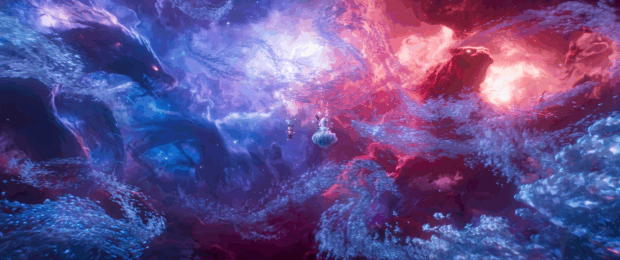
The mastermind
The mind behind this success is Jiao Zi, whose real name is Yang Yu, animator and director of Ne Zha 2. Before venturing into animation, he graduated from the West China School of Pharmacy at Sichuan University. However, in his third year of college, Jiao Zi developed an interest in 3D animation and began teaching himself the craft. His passion for animation led him to make a bold career change, and for over three years, he dedicated himself to creating his animated short, See Through. This short gained widespread recognition, winning over 30 awards both in China and internationally. Following this success, Jiao Zi founded his own studio and, in 2019, released Ne Zha. That success cemented Jiao Zi’s place in the animation industry and brought him into the public eye.
Bringing Chinese culture to the mass audience
Beyond its stunning visuals, Ne Zha 2 continues to reinterpret the ancient legend from Chinese mythology. The story of Ne Zha originally has roots in ancient Persian and Indian mythology. It was later adapted and reimagined during the Yuan and Ming dynasties through novels such as Journey to the West, The Tale of the South, and Investiture of the Gods, ultimately becoming a part of Chinese deity lore. While the figure of Ne Zha has been portrayed in tens of different works, this is the first time it is on a mission to bring Chinese history and culture to the world’s pop culture.
In the first movie, Ne Zha was shown as a misunderstood outcast, born with a dark fate and feared by those around him. He was told he would only live for three years, but instead of accepting that, he decided to fight against it. His opposite, Ao Bing, was a dragon prince who also struggled with what others expected of him. Together, they chose their own paths and proved that who you are isn’t determined by where you come from.
In Ne Zha 2, the story goes beyond personal struggles and starts to question bigger systems—those that decide what’s good or bad, right or wrong. The film suggests that these things aren’t based on race, background, or destiny, but on what people do and the choices they make. It’s a modern take on an ancient story, made to connect with a new generation.
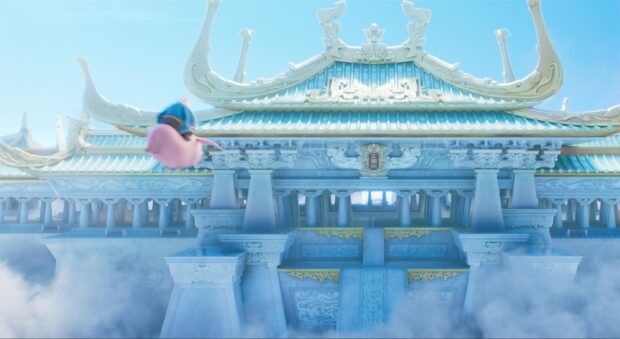
“A huge step for Chinese animation”
Cédric Behrel is the co-founder and managing director of Trinity CineAsia, the European distributor of the film, which is currently showing in 50 cinemas across Scandinavia alone. “We’re very pleased with what’s happening. This marks another step forward for Chinese animation, and it will be interesting to see how it is received by Nordic audiences, who have a rich mythological tradition of their own,” he explains.
What’s behind the success that Ne Zha 2 is achieving? Behrel explains: “There’s a legacy behind Ne Zha 2. Let’s not forget it’s a sequel—even though the first film didn’t generate as much buzz as this one, it still performed impressively at the box office. This second chapter has simply opened a new, grander narrative. Visually, it’s truly spectacular—it sets a new benchmark. It’s an excellent film, genuinely capable of competing with what Disney and Pixar are producing, not just in terms of technology, but in overall cinematic quality, beauty, and elegance.”
Behrel continues: “China has a long history of animation. I was in China recently, and they were celebrating 120 years of Chinese cinema, including its animation legacy. Some animation studios had already developed very interesting projects back in the 1960s. Ne Zha has actually been animated twice before.” So what makes this version different? “Because it became something the entire population saw and recognized. There was a need for a film like this—it arrived at exactly the right time.”
Chinese animation, says the Trinity CineAsia co-founder, has distinctive characteristics: “Stylistically, it employs incredible 3D techniques but within a distinctly Chinese aesthetic—rooted in traditional Chinese art, paintings, and visual styles. Some are inspired by classic ink wash paintings. And then, many are based on historical and literary classics, which is another unique element.”
According to Behrel, Chinese animation could easily stand alongside American or Japanese animation in just a few years: “It has everything it needs—narrative depth, stylistic uniqueness, and technical sophistication. And I believe it will play an important role in sharing Chinese culture and history, which, let’s not forget, spans thousands of years.”

